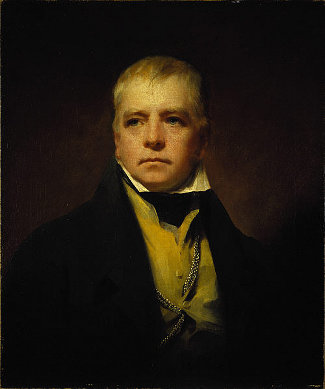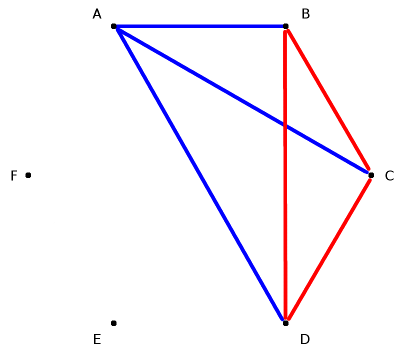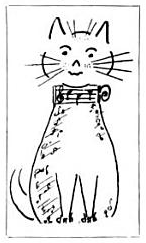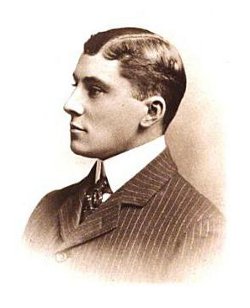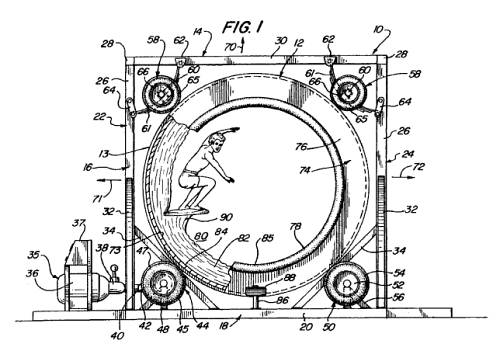On Aug. 17, 1921, a bedraggled carrier pigeon landed at the feet of a policeman in Columbus Circle in New York. Tied to its leg was this message:
Notify Dan Singer, Belleclaire Hotel. I am lost in Hoodoo Mountains, Yellowstone Park. Send help, provisions and pack-horses. HELLER. 8-13-21.
At the Belleclaire Hotel police found insurance agent Daniel J. Singer, who identified Heller as naturalist and photographer Edmund H. Heller and recognized the bird as a veteran that had accompanied him on a trip to Africa with Theodore Roosevelt in 1909. Heller had kept it on the roof of the Belleclaire and taken it with him to Yellowstone recently to gather material for a lecture tour.
This was both dramatic and fishy. If the bird had left Wyoming on Aug. 13 then it had flown 1,900 miles in five days, an astonishing feat. Sure enough, when reporters contacted the superintendent of Yellowstone, he responded, “Edmund Heller is here. There is no foundation whatever for the report that he is or has been lost.”
Apparently someone had arranged the hoax in order to publicize Heller’s lectures, forging his signature on the note. The district attorney saw little humor in the stunt and began issuing subpoenas. The New York Times noted, “At the Belleclaire it was said that Singer was out of town, but had disclaimed responsibility and insisted that some person in the hotel perpetrated the hoax.”

